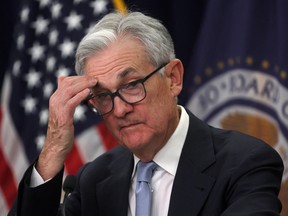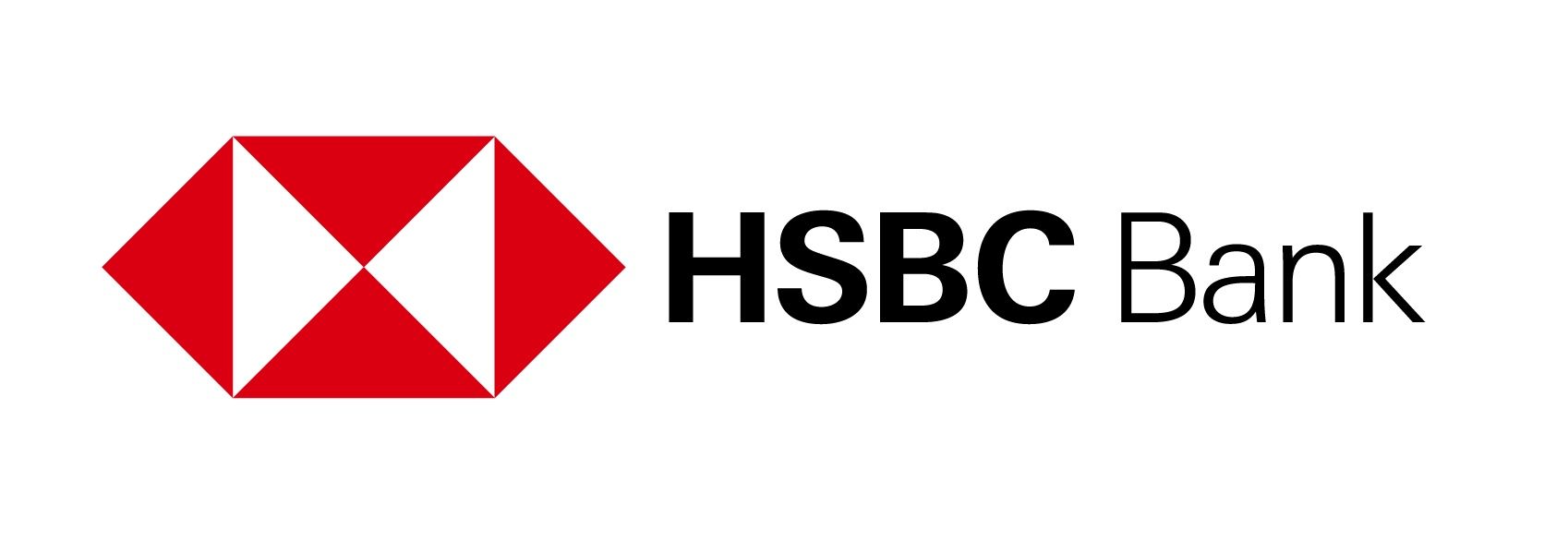Central bank reveals its thinking on a few things that weren’t previously evident

Article content
It seems like forever ago, given the events of the past couple of weeks, but the Bank of Canada made a significant policy decision on March 8, when it became the first major central bank to stop raising interest rates amid a global fight to contain inflation.
Advertisement 2
Article content
The Bank of Canada released the summary of the deliberations that resulted in its conditional commitment to leave the benchmark rate at 4.5 per cent on March 22. The release came 30 minutes before the United States Federal Reserve made one of its most highly anticipated decisions in years, so anything the Bank of of Canada had to say was drowned out by excitement around the Fed’s choice to keep raising interest rates despite evidence that higher rates have put serious strain on the financial system.
Article content
Article content
Much of what the Bank of Canada released in its meeting minutes was already known. But there are a few passages in the document that add colour to the story the Bank of Canada is trying to tell. Here are three things it revealed that might not have been evident previously:
Advertisement 3
Article content
Powell’s problems aren’t our problems
Before Silicon Valley Bank collapsed, it seemed certain the Fed would continue raising interest rates aggressively. After indicating at the start of the year that he thought inflation had been conquered, chair Jerome Powell was forced to reverse course because indicators showed price pressures had re-accelerated. In particular, American employers continued to hire at an impressive pace early in 2023, prompting Powell and his Fed counterparts to draw up new battle plans.
Bank of Canada governor Tiff Macklem and his deputies wondered if tight labour markets in Canada would cause them the same kind of problems plaguing Powell and the Fed. They didn’t want to raise hopes that interest rates had peaked and then have to backtrack.
Article content
Advertisement 4
Article content
Macklem and his lieutenants on Governing Council concluded there were important differences between the two countries’ labour markets. They observed that faster immigration rates in Canada and a stronger rebound in labour participation rates — especially among women — were helping to satiate demand for workers. All things equal, they reckoned a greater supply of workers should keep wages from spiralling out of control. (Statistics Canada has reported since that average hourly wages accelerated in February, so stay tuned.)

Canada’s central bankers also observed that they must contend with a vulnerability the U.S. doesn’t have: high levels of household debt. American households are nowhere near as leveraged as they were a decade ago. Canadians, on the other hand, spent the the years since the Great Recession on an epic mortgage binge while chasing runaway housing prices. All debt represents a risk to the financial system and a headwind to growth because debt servicing costs have surged. And while the standard mortgage in the U.S. is 30 years, Canadians mostly renew every five years. Canada is facing what economists call a negative demand shock.
Advertisement 5
Article content
“More elevated levels of household debt and differences in the structure of the mortgage market mean that demand in Canada could be more sensitive to higher interest rates,” the summary said.
We’ve exceeded maximum employment
Policymakers tend to demure when asked to pinpoint the level of employment they associate with an economy that’s running too hot. Current conditions — an unemployment rate of around five per cent with wages increasing at a year-over-year pace of between four per cent and five per cent — would appear to contain some clues. Macklem and his deputies “agreed that the labour market remained very tight and was still operating above maximum sustainable levels,” the summary said.
They were surprised that the most aggressive series of interest rate hikes in the Bank of Canada’s history hadn’t done more to cool hiring. “While the bank had expected to see some easing in labour market conditions, recent data suggest that the degree of tightness has not substantially changed over the past six months,” the summary said.
Advertisement 6
Article content

Statistics Canada reported two days later that employers added about 22,000 positions in February, after hiring about 150,000 in January and about 69,000 in December. That might constitute the easing the central bank was looking for at the start of the year.
Governing Council debated whether increases in employment were from demand or supply, but if members concluded anything, the Bank of Canada opted against sharing it in the summary. The omission might suggest they don’t know why unemployment is now at a record low, even though economic growth stalled at the end of the year.
Politicians aren’t helping
Policymakers noted that government spending was stronger than they had anticipated in the fourth quarter. If politicians keep it up, interest rates might need to rise to offset the additional demand. Macklem and his deputies will be watching budget season closely.
Advertisement 7
Article content
“Governing Council also noted that, at 3.9 per cent, growth in government spending in the fourth quarter was stronger than expected,” the summary said. “They observed that sustained growth in government spending that is considerably faster than potential growth would boost domestic demand. The bank will incorporate announced fiscal plans by federal and provincial governments into its updated projection in the next MPR on April 12.”
Quebec pledged income tax cuts worth some $9 billion on March 21. Manitoba promised $2 billion in new spending, including income tax cuts on March 7. Alberta predicted a narrower surplus despite a windfall in royalties from surging oil prices. British Columbia projected deficits, albeit modest ones.
Advertisement 8
Article content
-

Wages grow faster than inflation for the first time in 2 years
-

Inflation slows to lowest in more than a year as food costs stay high
-

Bank of Canada and peers stir memories of the 2008 financial crisis
The federal government releases its budget on March 28. Finance Minister Chrystia Freeland has been saying she will both show restraint to help the central bank fight inflation and ramp up spending on clean technology to keep pace with U.S. climate incentives. You get the impression the Bank of Canada is bracing for Freeland to do more the latter than the former.
• Email: kcarmichael@postmedia.com | Twitter: carmichaelkevin
3 things Bank of Canada subtly said on interest rates in March minutes
2023-03-23 13:29:08








Comments
Postmedia is committed to maintaining a lively but civil forum for discussion and encourage all readers to share their views on our articles. Comments may take up to an hour for moderation before appearing on the site. We ask you to keep your comments relevant and respectful. We have enabled email notifications—you will now receive an email if you receive a reply to your comment, there is an update to a comment thread you follow or if a user you follow comments. Visit our Community Guidelines for more information and details on how to adjust your email settings.
Join the Conversation